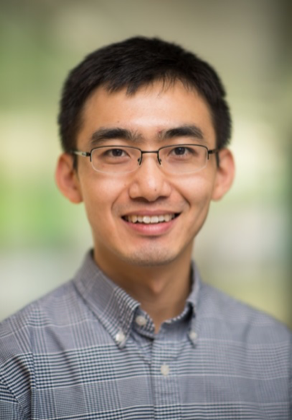Dissertation Defense
Modeling of Downstream and Direct Plasma Systems for Highly Selective and Anisotropic Etching
Add to Google Calendar

Abstract:
The pursuit of higher integration has brought the semiconductor industry into the realm of nanoelectronics (e.g., 14 nm FinFET) and 3-dimensional structures (e.g., vertical NAND). Increasing challenges on selectivity and anisotropy have imposed stringent requirements on controlling low temperature plasmas for material processing. In this thesis, integrated reactor and feature scale modeling was performed for optimizing plasma etching process, with updates implemented into the Hybrid Plasma Equipment Model (HPEM) to investigate plasma properties and the Monte Carlo Feature Profile Model (MCFPM) to predict etch profiles.
Highly selective etching of Si3N4 was achieved using downstream etch system consisting of a remote plasma source sustained in Ar/NF3/O2 mixtures, a plenum and a downstream chamber. Plasma is mainly confined to source region with a weak ion-ion plasma sustained afterglow. Dominant F and NO radicals (etchants of Si3N4) flow downstream and iteratively remove Si and N surface subsites.
Highly anisotropic etching of high aspect ratio (AR) features in SiO2 with AR up to 80 was achieved using multi-frequency capacitively coupled plasmas sustained in Ar/C4F8/O2 mixtures. As AR increases, the dominant etching mechanism transitions from chemical sputtering to physical sputtering as the fluxes of energetic species (ions and hot neutrals) to etch front surpass those of conduction constrained polymerizing CFx and CxFy radicals.
 MENU
MENU 
